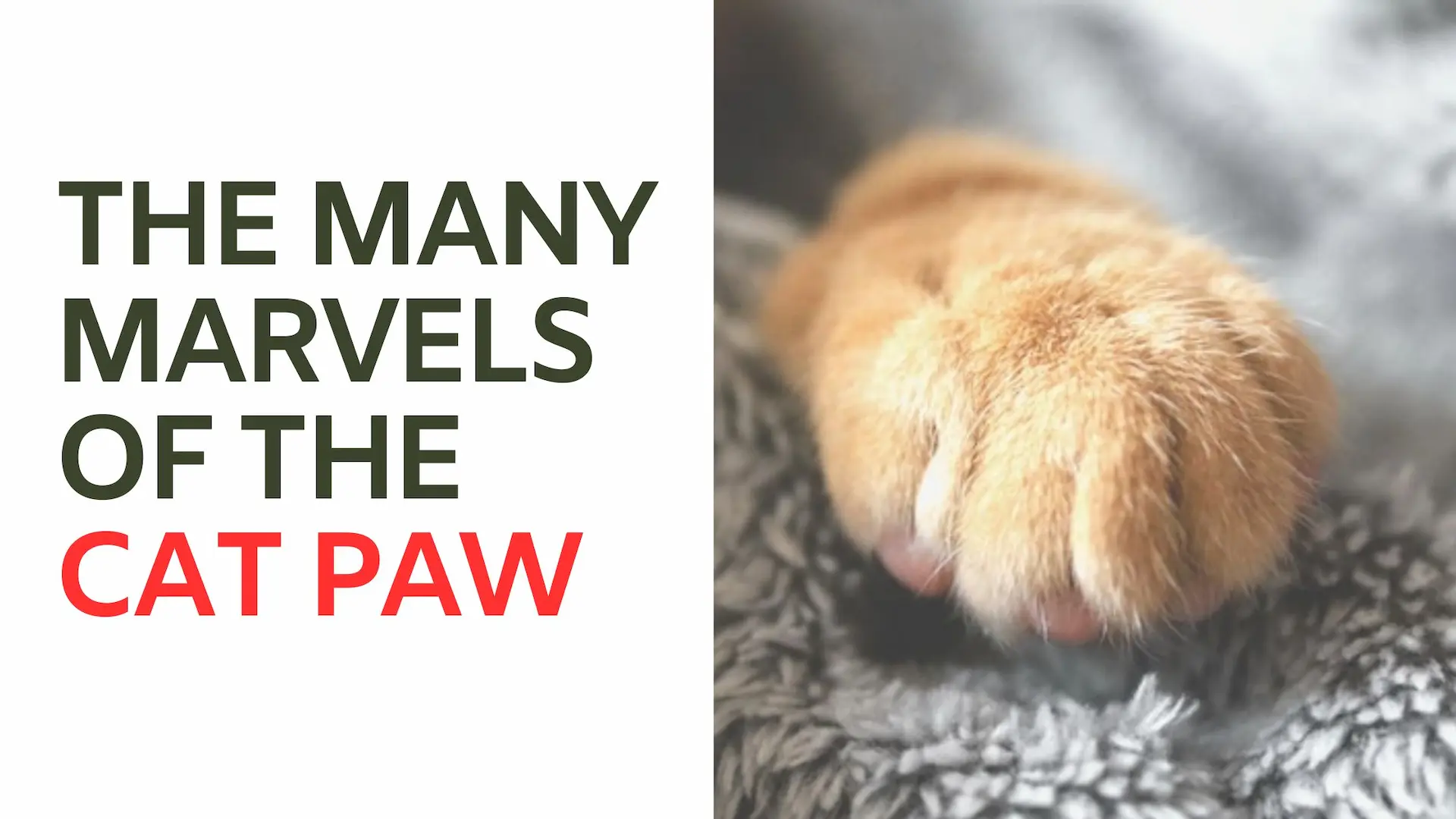There is no doubt that cats are one of the most fascinating creatures on the planet. From their piercing eyes to their soothing purrs, they capture our hearts and imaginations. But have you ever stopped to marvel at their paws? Those tiny, furry appendages that carry them around and swat at invisible prey are actually quite complex and versatile. In this article, we’ll explore the many wonders of the cat paw, including its anatomy, grooming, and health concerns.
The Anatomy of a Cat Paw
At first glance, a cat’s paw may seem simple and straightforward, but upon closer inspection, you’ll notice a myriad of tiny parts that work together to make it an efficient tool for hunting, climbing, and exploring. Let’s take a closer look at each component:
Claws
The most obvious part of a cat’s paw is its sharp, retractable claws. These razor-sharp weapons are designed to help cats climb trees, scratch surfaces, and catch prey. Unlike dogs, cats walk on their toes, which is why their claws are so important for maintaining balance and stability.
Paw Pads
Beneath the claws, you’ll find the soft paw pads, which act as shock absorbers and provide traction on slippery surfaces. These pads are covered in tiny sweat glands, which help cats regulate their body temperature and leave their unique scent on surfaces.
Toe Beans
If you’ve ever taken a close look at a cat’s paw, you may have noticed the adorable little pads on the bottom of their toes. These “toe beans” are actually just thickened layers of skin, but they serve an important purpose. They help cats grip surfaces, much like a suction cup, which is why you may notice your cat digging in their claws when they jump off a high surface.
Dewclaws
Not all cats have dewclaws, but those that do have them on the inner side of their front paws. These vestigial claws are remnants of their evolutionary past and serve no practical purpose today. However, some cat breeds, like the Manx, are born without tails and rely on their dewclaws for balance.
Grooming Your Cat’s Paws
While cats are notoriously fastidious groomers, they often neglect their paws. As a cat owner, it’s important to make sure your cat’s paws are clean and healthy. Here are some tips for grooming your cat’s paws:
- Trim their claws regularly to prevent them from getting too long and causing discomfort or injury.
- Check their paws for any cuts, scratches, or foreign objects like splinters or thorns.
- Use a damp cloth to wipe their paws after they’ve been outside to remove any dirt or debris.
- If your cat has long hair, trim the fur around their paw pads to prevent matting and discomfort.
Health Concerns Related to Cat Paws
Just like any other part of the body, cat paws can develop health issues that require attention from a veterinarian. Here are some common paw-related problems to watch out for:
Paw Pad Burns
Cats are sensitive to extreme temperatures, and walking on hot pavement or other surfaces can cause burns on their paw pads. If you notice your cat limping or licking their paws excessively, check for signs of burns like redness, blisters, or peeling skin.
Ingrown Claws
If a cat’s claws are not trimmed regularly, they can grow
too long and curl back into the paw, causing pain and infection. If you notice your cat limping or favoring one paw, check their claws for signs of ingrown nails.
Feline Acne
Believe it or not, cats can get acne just like humans! This condition typically affects the chin and lower lip and can be caused by poor grooming or allergies. If you notice blackheads, pimples, or redness on your cat’s chin, take them to the vet for treatment.
Polydactyly
Some cats are born with extra toes, a condition known as polydactyly. While this may seem like a harmless quirk, extra toes can actually cause problems if they grow too long or interfere with normal paw function. If your cat has extra toes, make sure to keep them trimmed and watch for signs of discomfort or infection.
FAQs
How many toes do cats have?
Most cats have 18 toes, five on each front paw and four on each back paw.
Why do cats knead with their paws?
Kneading is a natural behavior for cats, and it’s thought to be a holdover from kittenhood when they would knead their mother’s belly to stimulate milk production. Some experts believe that kneading also helps cats relax and mark their territory with their scent glands.
Is it normal for cats to chew on their paws?
While cats may occasionally lick or chew on their paws as part of their grooming routine, excessive paw chewing can be a sign of an underlying health problem like allergies or anxiety.
Conclusion
In conclusion, the cat paw is a marvel of evolution and design, with its sharp claws, soft paw pads, and grippy toe beans. As a cat owner, it’s important to pay attention to your cat’s paws and keep them clean and healthy.
If you notice any signs of paw-related health issues, don’t hesitate to take your cat to the vet for treatment. With proper care, your cat’s paws will continue to serve them well as they climb, hunt, and explore their world.
Read More: Hypoallergenic Cats: Separating Fact from Fiction

